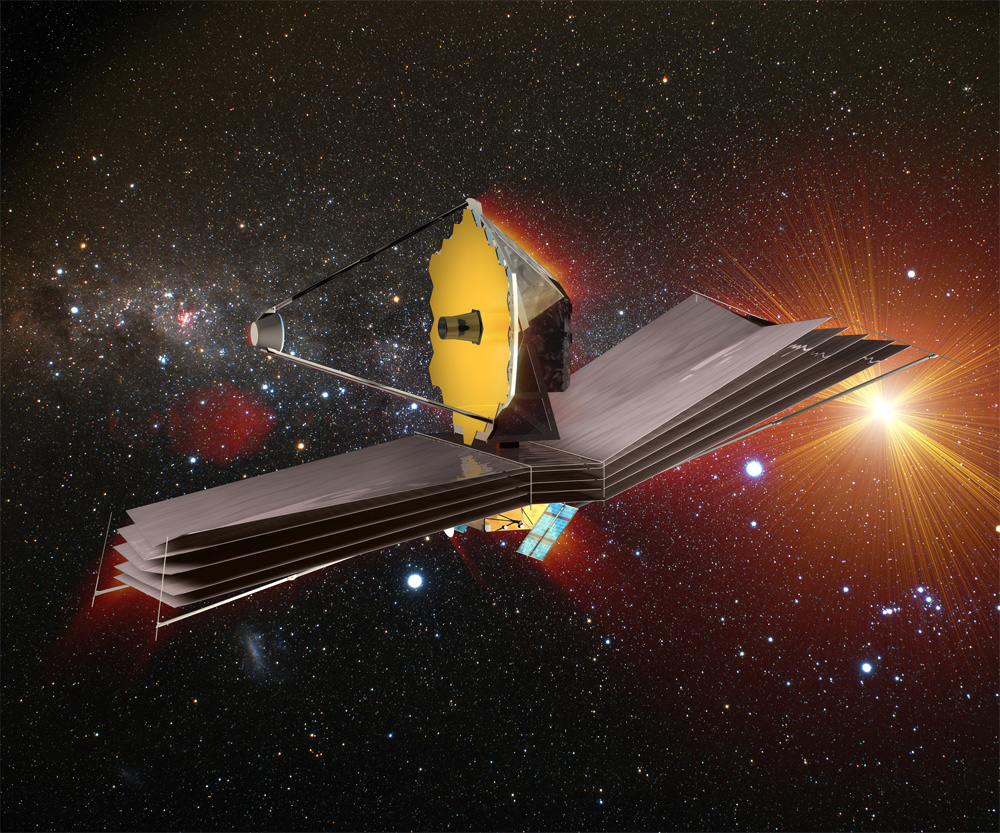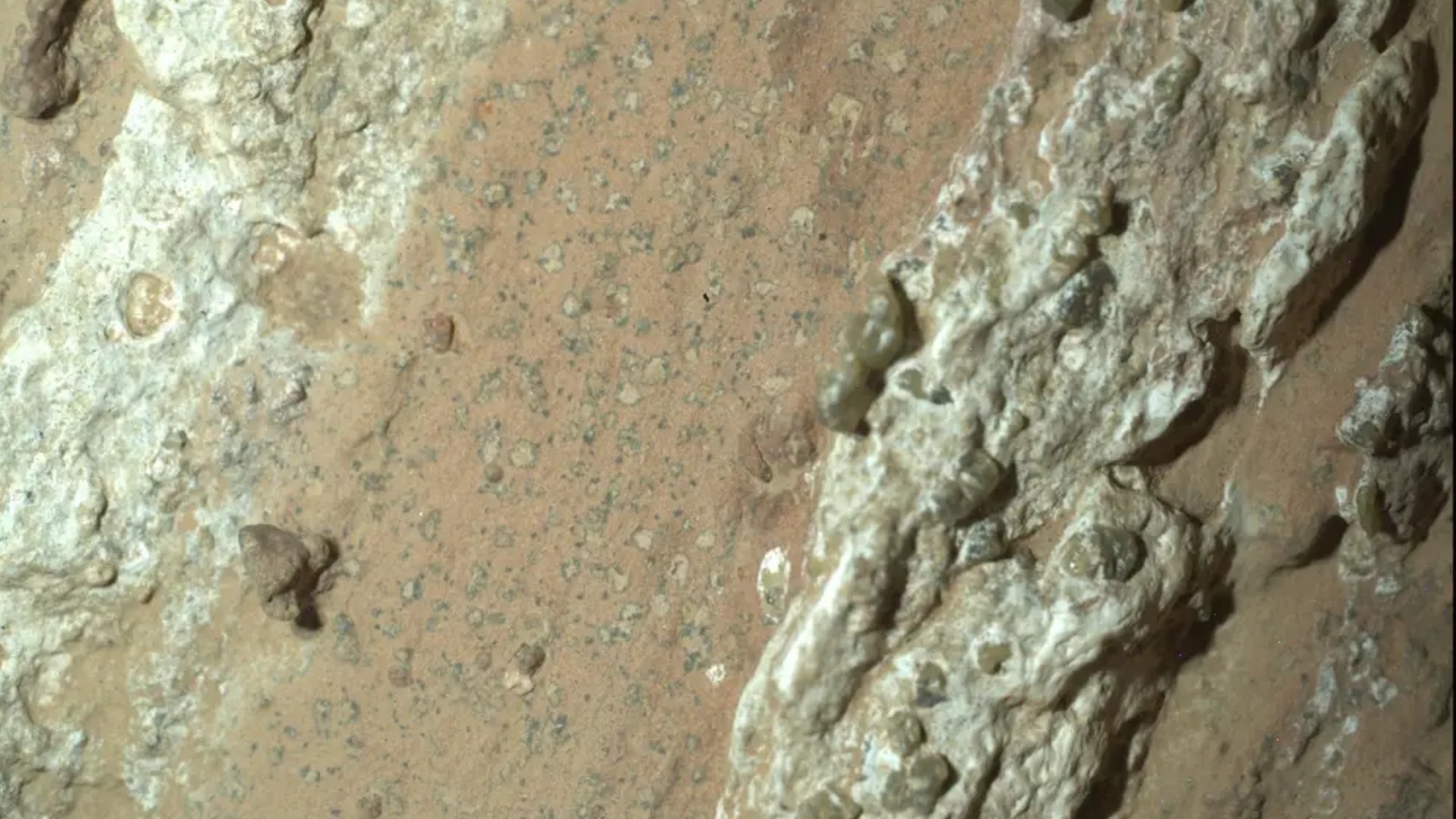What's next for NASA's James Webb Space Telescope after its nearly million-mile journey to destination

NASA's James Webb Space Telescope has reached its deep-space destination, but it'll be a while yet before the $10 billion observatory starts its science work.
On Monday (Jan. 24), Webb slipped into orbit around the Earth-sun Lagrange Point 2, a gravitationally stable spot in space about 930,000 miles (1.5 million kilometers) from our planet. The arrival ended a month-long journey for the highly anticipated observatory, but there are still a lot of boxes to tick before Webb gets down to business.
"We expect the first science images from JWST to come back in about five months," Amber Straughn, the deputy project scientist for Webb science communications, said during a webcast Webb event on Monday.
"So, be getting excited, getting ready for those to come back later on this summer," added Straughn, who's based at NASA's Goddard Space Flight Center in Greenbelt, Maryland.
Live updates: NASA's James Webb Space Telescope mission
In photos: The Christmas launch of NASA's James Webb Space Telescope
The Webb team will be working on two major tasks over the next five months. The first is precisely aligning the 18 hexagonal segments that make up Webb's 21.3-foot-wide (6.5 meters) primary mirror, an exacting process that will take about three months.
The resulting light-collecting surface must be nearly perfect for Webb to function properly. If the finished primary mirror were the size of the continental United States, the biggest bump on it would be just an inch or two high, Straughn said.
Breaking space news, the latest updates on rocket launches, skywatching events and more!
Mirror-segment alignment is expected to begin next week, after Webb's optics and associated instruments get cold enough to allow such work to proceed. (Webb is optimized to view the cosmos in infrared light — wavelengths we feel as heat — so everything on it is designed to operate at very cold temperatures. The slightest infrared emissions coming from the scope could drown out the faint heat signals it's after.)
To guide mirror alignment, the Webb team will focus each of the 18 primary mirror segments on a bright, distant star. And they've already chosen this target — a sunlike star known as HD 84406 that's part of the constellation Ursa Major (The Great Bear).
"It's just near the bowl of the Big Dipper," Lee Feinberg, the Webb optical telescope element manager at NASA Goddard, said in a different webcast event on Monday. "You can't quite see it with your naked eye, but I'm told you can see it with binoculars."
After the primary mirror is set up, the Webb team will align it with the 2.4-foot-wide (0.74 m) secondary mirror, which is so named because it's the second surface that photons will hit on their way into the observatory's four science instruments. That milestone will mark the end of the major mirror work, team members said.
But Webb's instruments will still need to be checked out and calibrated, also a time-consuming activity. The team expects to have everything done, and therefore be ready to open the telescope's super-sharp eyes in earnest, by late June or early July.
And the observatory will hit the ground running at that point. The first year of science observations has already been planned out, Straughn said.
"We will be looking at things in the universe ranging from objects within our own solar system, all the way out to searching for the very first galaxies to be born after the Big Bang and everything in time and space in between," she said. "It's going to be awesome."
Mike Wall is the author of "Out There" (Grand Central Publishing, 2018; illustrated by Karl Tate), a book about the search for alien life. Follow him on Twitter @michaeldwall. Follow us on Twitter @Spacedotcom or on Facebook.

Michael Wall is a Senior Space Writer with Space.com and joined the team in 2010. He primarily covers exoplanets, spaceflight and military space, but has been known to dabble in the space art beat. His book about the search for alien life, "Out There," was published on Nov. 13, 2018. Before becoming a science writer, Michael worked as a herpetologist and wildlife biologist. He has a Ph.D. in evolutionary biology from the University of Sydney, Australia, a bachelor's degree from the University of Arizona, and a graduate certificate in science writing from the University of California, Santa Cruz. To find out what his latest project is, you can follow Michael on Twitter.
